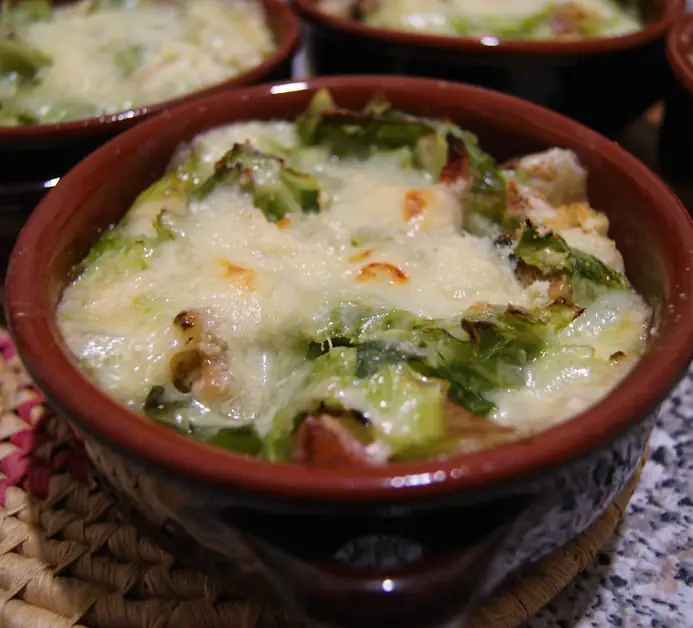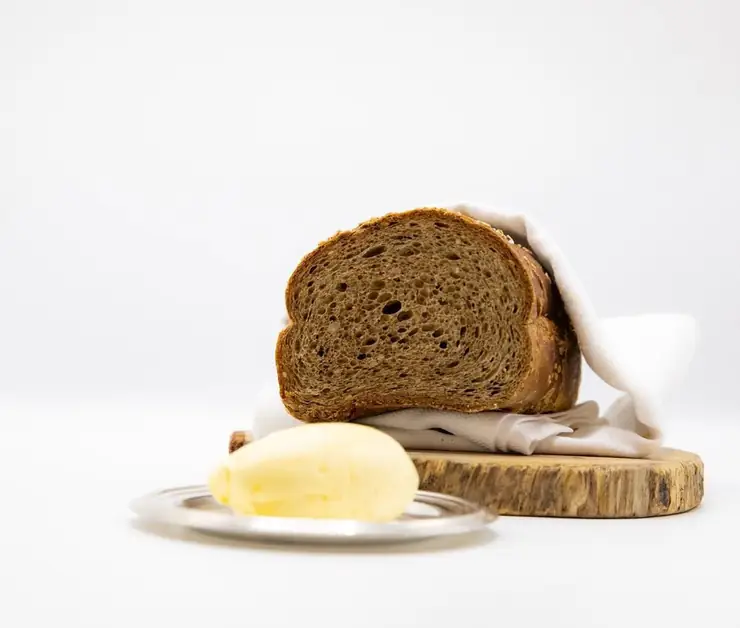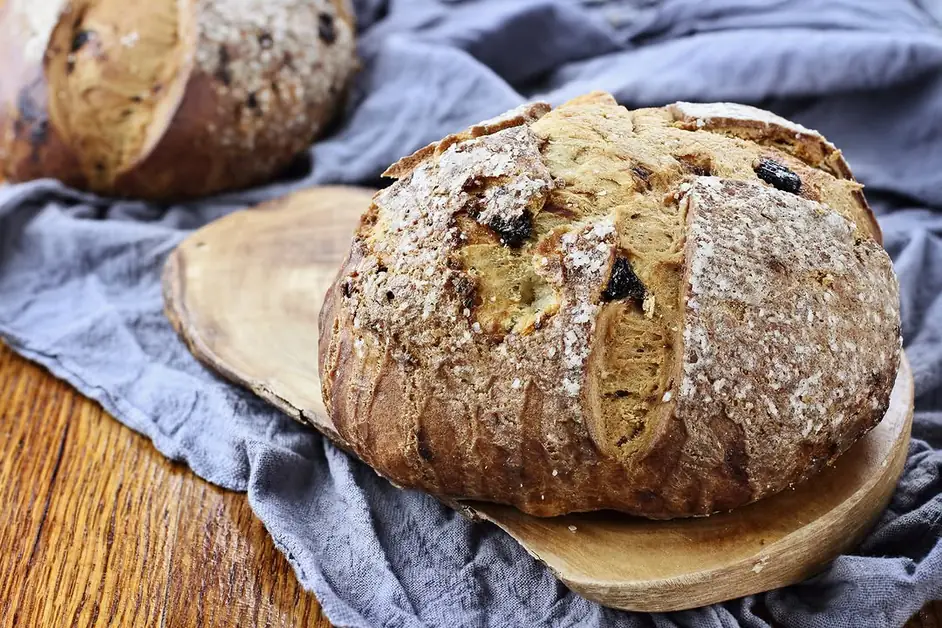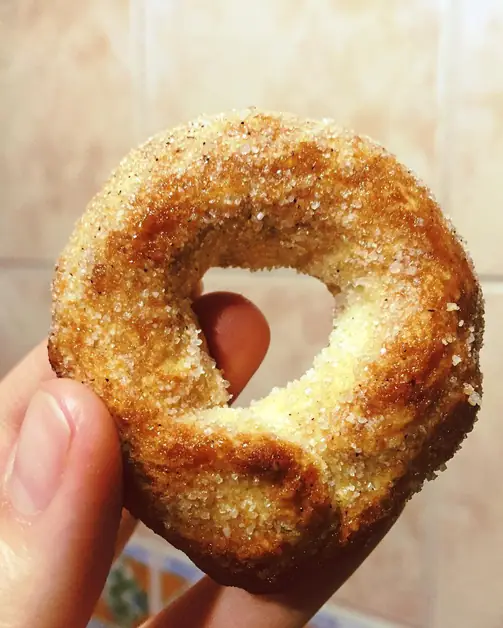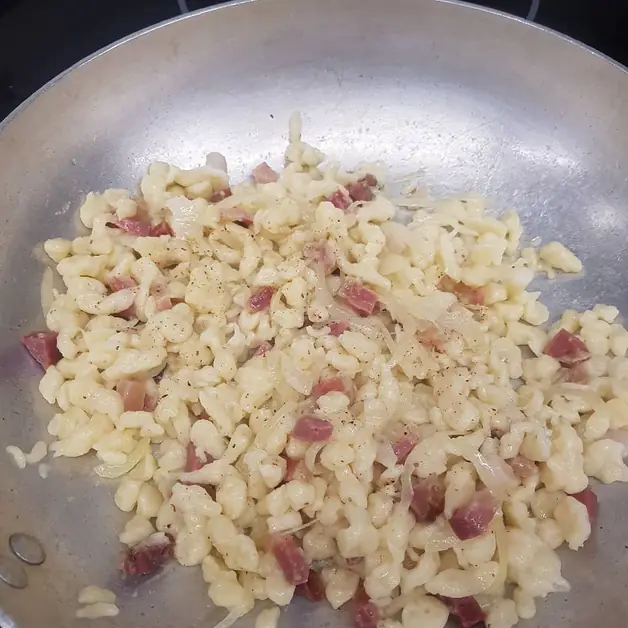Chnéffléne a traditional dish from Aosta Valley
Chnéffléne are typical gnocchi from the Aosta Valley, symbolizing tradition and conviviality.
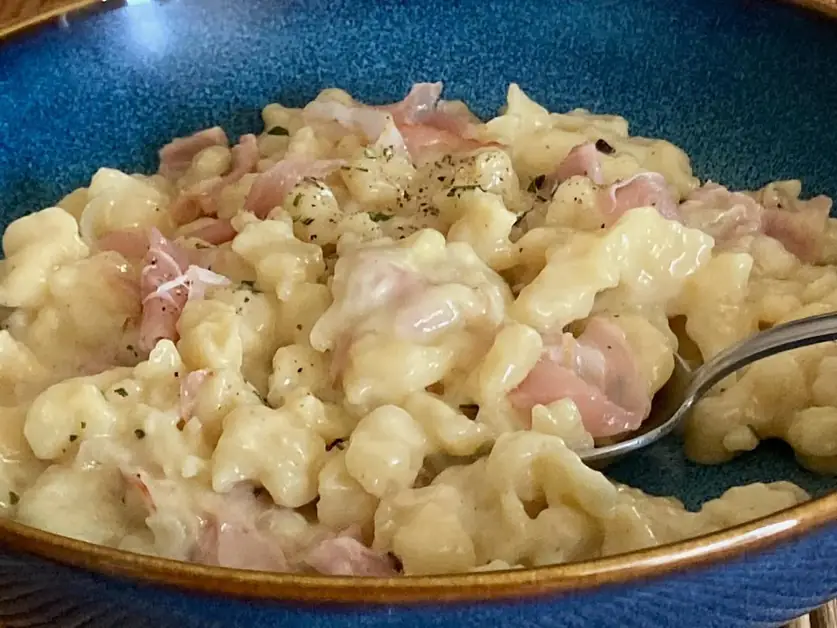
What are Chnéffléne?
Chnéffléne are a typical dish from the Aosta Valley, particularly from the Gressoney valley. They are small gnocchi of ancient origin, similar to the more well-known German spatzle. Their history dates back to the Middle Ages, when the Walser communities, of German origin, settled in these alpine valleys between the 12th and 13th centuries, bringing with them culinary traditions that have been preserved to this day.
Where does the name Chnéffléne come from?
The term Chnéffléne probably derives from the dialectal German used by the Walser. The word evokes the idea of small irregular pieces of dough, which are formed and then cooked in boiling water. Even today, in the homes of Gressoney and the Walser villages, these gnocchi represent a symbol of conviviality and tradition.
Why are Chnéffléne so important in Aosta Valley cuisine?
Chnéffléne perfectly embody the philosophy of Aosta Valley cuisine: simple ingredients, genuine dishes, and authentic flavors. In a mountainous land where resources were limited, people learned to value what they had: flour, eggs, milk, and butter. With just a few elements, a nutritious dish was obtained, ideal for facing the harsh alpine winters.
What are the traditional ingredients of Chnéffléne?
The ingredients are very few, but fundamental:
3 eggs 200 ml of milk 250 g of flour 00 1 onion 50 g of butter Salt and pepper to taste Grated Parmesan (optional)
This simplicity is the key to the dish's success: no complex ingredients, just a balance between taste and tradition.
How to prepare Chnéffléne step by step?
The preparation of Chnéffléne is very simple and quick. Here’s how to do it:
1. Break the eggs into a bowl and add the milk. Whisk vigorously with a kitchen whisk until the mixture is homogeneous. 2. Gradually add the flour, mixing until you obtain a smooth batter without lumps. The dough should be rather thick but fluid. 3. Set the batter aside and prepare the seasoning: finely slice the onion and sauté it in a pan with the butter, a pinch of salt, and a pinch of pepper. Cook for about 10 minutes until it becomes tender and translucent. 4. Bring a pot of salted water to a boil. Place the spatzle tool on top and pour in some of the batter. Moving the container back and forth, let the dough drop directly into the boiling water. 5. As soon as the gnocchi float to the surface, collect them with a slotted spoon and transfer them to the pan with the onion and butter seasoning. 6. Sauté them for a couple of minutes so they absorb the flavor of the butter well, and serve them hot with a sprinkle of pepper or Parmesan.
What is the peculiarity of the seasoning of Chnéffléne?
The original recipe is surprisingly simple: onion sautéed in butter and a light sprinkle of pepper. This essentiality reflects mountain cuisine, made of few ingredients but with intense flavor. The Aosta Valley butter, rich and aromatic, gives a unique aroma, while the sweet onion balances the saltiness of the dish.
Can I add other ingredients to customize the recipe?
Yes, there are many variations. Some add crispy bacon or speck for a bolder touch, others incorporate a bit of cream or melted cheese for a creamier version. However, the true Walser tradition remains that of onion and butter.
What type of flour is best to use for Chnéffléne?
Flour 00 is the most suitable for obtaining a soft and homogeneous dough, but in the past, coarser flours, such as wholemeal or rye flour, were also used. In mountain kitchens, the choice depended on what was available.
How are Chnéffléne served?
Chnéffléne are served hot, just seasoned. They can be presented in terracotta bowls or deep plates, accompanied by a glass of Aosta Valley red wine like Torrette or Enfer d'Arvier. They are perfect as a first course in a winter lunch or as a light main dish.
What are the historical origins of Chnéffléne?
The history of Chnéffléne is linked to the Walser community, a people of German origin who moved from the Swiss valleys to the Italian Alps in the Middle Ages. They brought with them their language, culture, and recipes. Chnéffléne, like spatzle, were perfect for mountain life: nutritious, economical, and easy to prepare even with few means.
What makes Chnéffléne different from German spatzle?
At first glance, they may seem identical, but the difference lies in the consistency and seasoning. German spatzle are often seasoned with cream or strong cheeses, while Chnéffléne maintain a rustic simplicity tied to Walser tradition. Their taste is more delicate and natural.
Can they be prepared without the special spatzle tool?
Yes, if you do not have the tool, you can use a potato ricer with wide holes or a coarse grater. The important thing is to obtain small pieces of dough that fall into the boiling water and cook quickly.
What are the ideal cooking times?
Chnéffléne cook in just a few minutes. As soon as they float to the surface, they are ready to be drained and seasoned. Overcooking them would make them gummy and heavy.
Are Chnéffléne suitable for children?
Absolutely yes. They have a delicate flavor and a soft texture that is very appealing to children. Moreover, they are a fun way to introduce children to the culinary traditions of the Italian mountains.
Are there modern or gourmet versions of Chnéffléne?
In recent years, some Aosta Valley chefs have reinterpreted this recipe by adding local ingredients such as Fontina DOP, alpine butter, or mountain herbs. In some variations, you can also find versions with white wine or caramelized onions.
How can Chnéffléne be stored?
The gnocchi can be prepared in advance and stored in the refrigerator for a day, well covered. When ready to serve, simply reheat them in a pan with a bit of butter. Alternatively, they can be frozen immediately after cooking and heated directly in the pan when needed.
